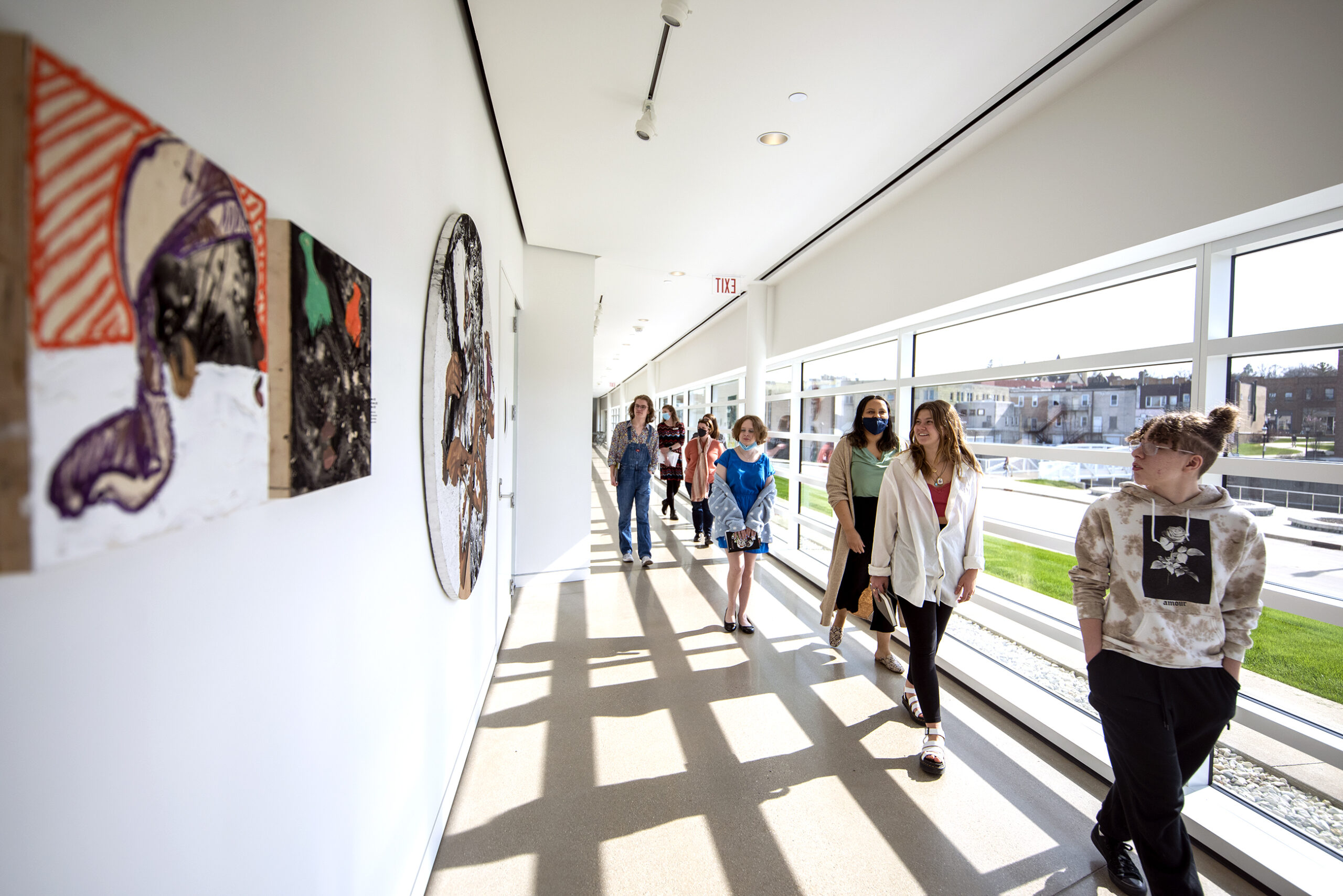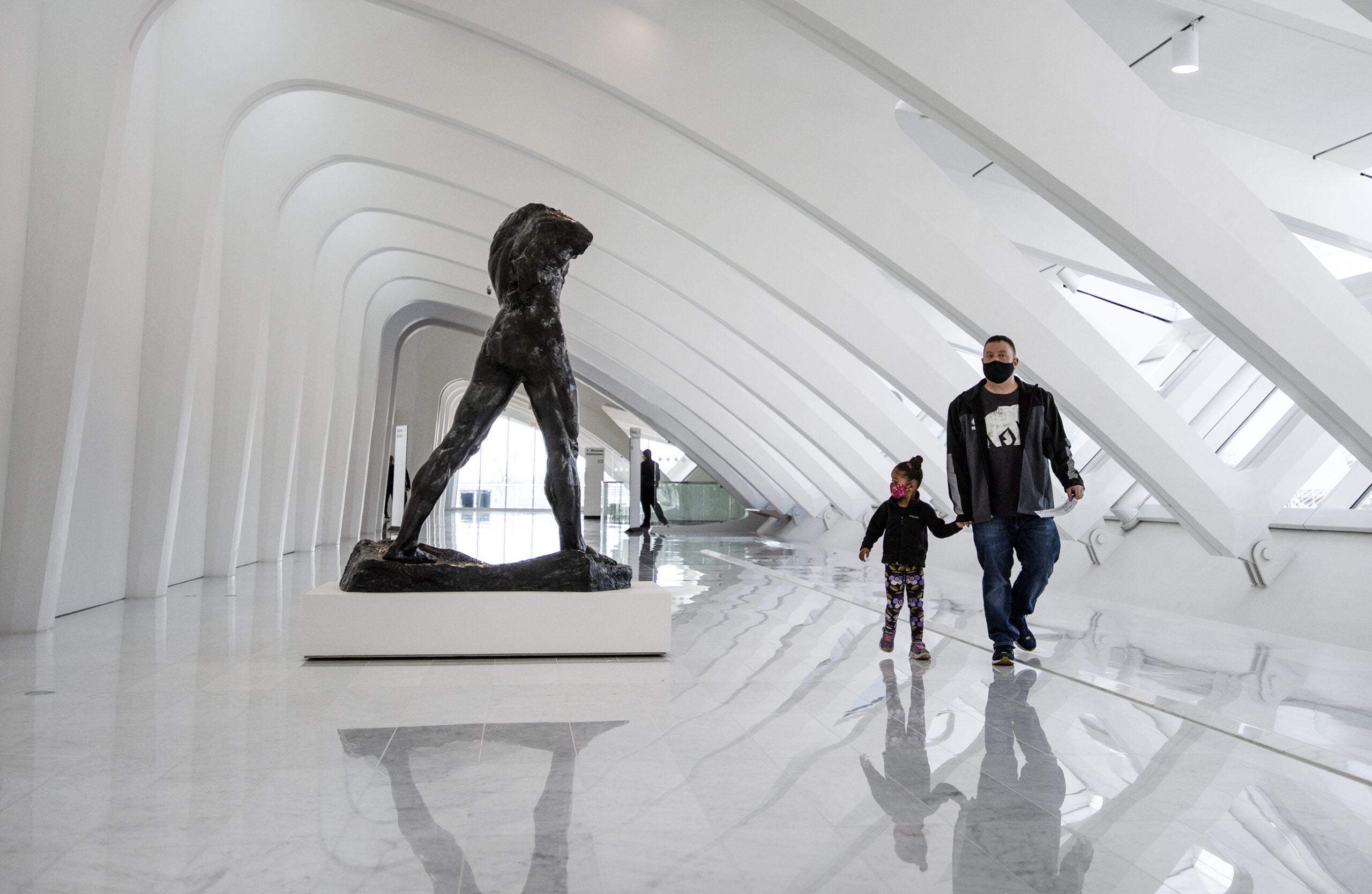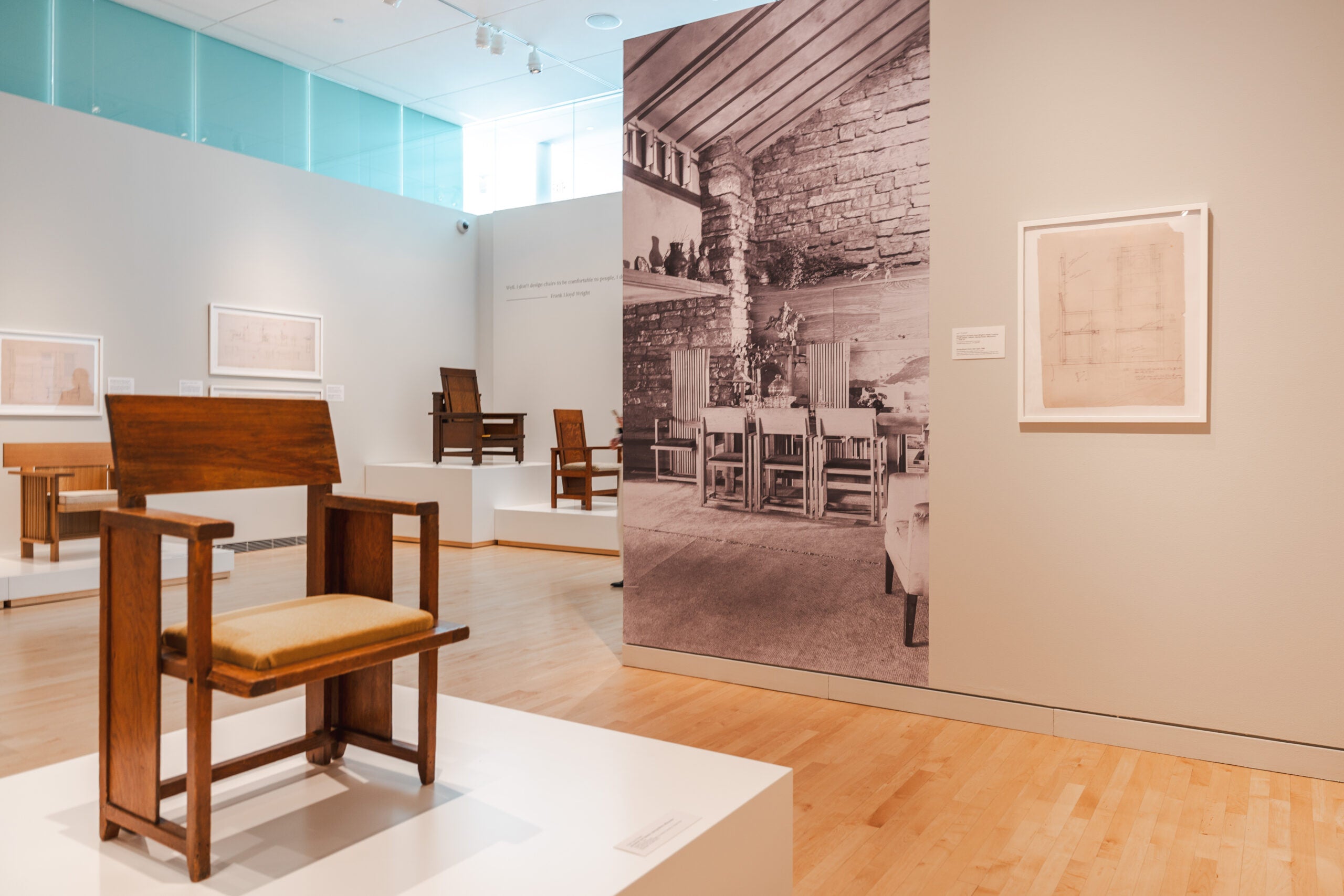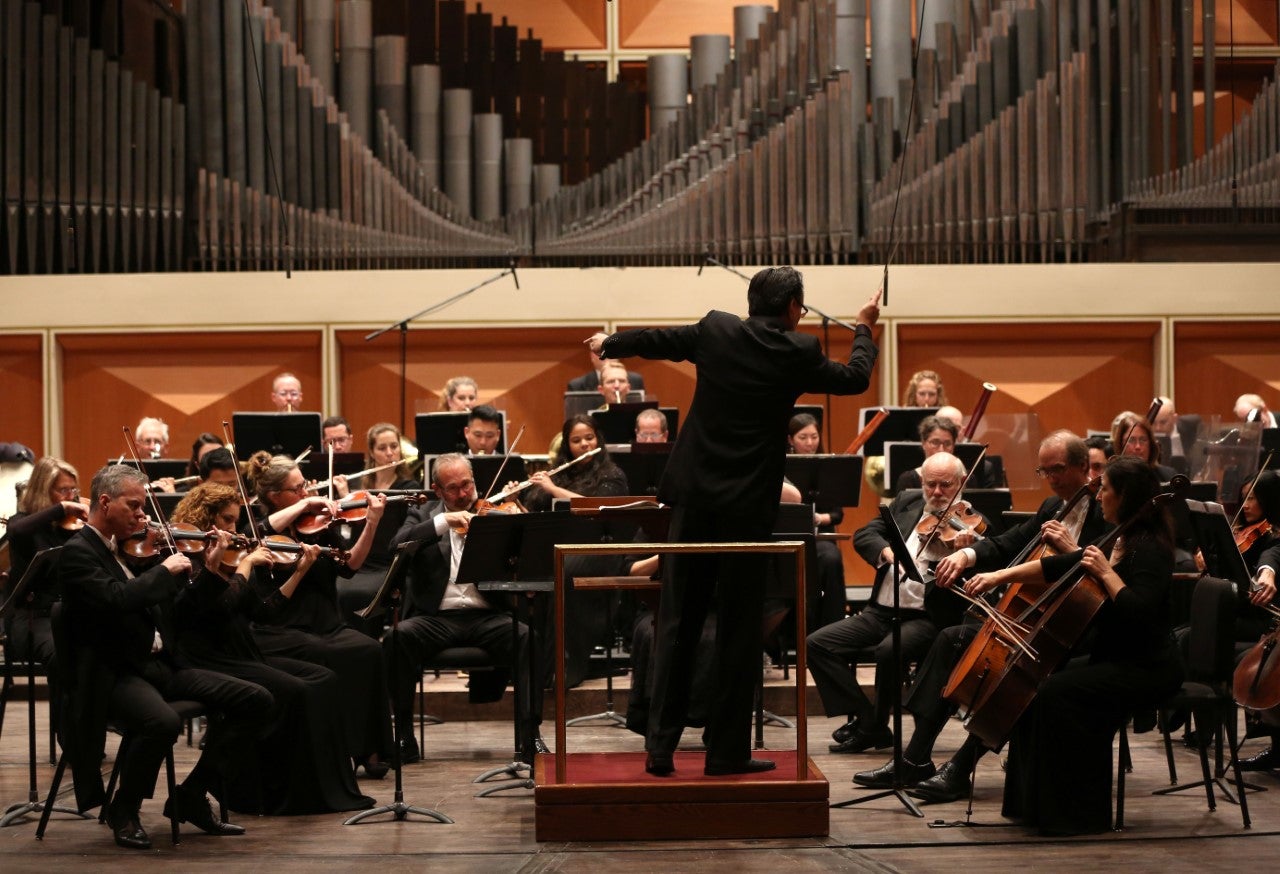For many years, Wisconsin has been at the back of the pack in funding the arts. Last year, the state fell all the way to dead last.
The National Assembly of State Arts Agencies says Wisconsin spends about 18 cents per capita on arts funding. That’s compared to about $9.67 in Minnesota and $5.11 in Illinois.
Laurie Winters is executive director and CEO of the Museum of Wisconsin Art. She spoke with “Morning Edition” host Alex Crowe about limitations to funding and how arts organizations have been getting by with minimal state dollars.
News with a little more humanity
WPR’s “Wisconsin Today” newsletter keeps you connected to the state you love without feeling overwhelmed. No paywall. No agenda. No corporate filter.
This interview has been edited for clarity.
Alex Crowe: Why are we spending so little on the arts? That number is jarring — 18 cents compared to nearly $10 in Minnesota.
Laurie Winters: You know, it used to be embarrassing, because we used to be second to last. And then as of 2023, we are now 50th out of 50 states in supporting arts and culture.
So it’s a complicated story. In Wisconsin, it’s been an uphill battle to get the attention of the governor, of the Legislature. More often than not, I would say getting the attention of the Legislature is the issue.
The economic impact of arts and culture in Wisconsin is phenomenal. It’s $10.8 billion a year. That is a worthy cause. The other driving factor has been tourism dollars. The museums, the arts and cultural activities are major centers of tourism dollars, bringing people into the state, providing positive cultural experiences.
AC: What’s the impact on the art organizations themselves because of this low level of funding? Or the communities around those organizations?
LW: I joined the Museum of Wisconsin Art, which is located about 45 minutes north of Milwaukee in a small town called West Bend. It’s a population of 31,000. When I joined the museum a decade ago, we talked with our city officials about the benefits of tourism, and perhaps there should be more emphasis on that. The response at that time — again, a different leadership at that time — but it was really focused on industry.

Now 10 years later, after seeing the success of our small institution in West Bend, they’re talking about a renewed focus on tourism. We bring into the small town of 31,000 about $3 million a year. That’s through hotel stays, through half day trips to the institution where people have lunch, they fill their tanks with gas, they spend money in the cute shops on Main Street. All of that has helped bring in about $3 million a year. Even during the pandemic period, we were still bringing in dollars into the community.
But you know, we had to really demonstrate our worth and our value as an economic catalyst in the community. And I think we have, but it’s unfortunately been an uphill battle.
AC: Some people would argue that there are a lot of needs the state has to take care of, and that maybe the arts should fall under private funding and come from individuals or corporations in the private sector. What do you say to that?
LW: Well, that private philanthropy has stepped up to fill the gap. Speaking for the museum directors in the state, it is greatly appreciated. The museums are what we are today thanks to the private sector. But it’s not without problems.
It has unfortunately created a fiercely competitive environment for those philanthropic dollars. It tends to pit one arts organization against another. And related to that is the impression that philanthropic giving creates an impression in which the arts and culture are funded by the wealthy for the wealthy. It creates a sense of not being welcome, not belonging to the arts organizations.
And of course, that’s the last thing that the arts organizations want. We all strive to create a sense of access and belonging. We want to reach every member of our state.
Wisconsin Public Radio, © Copyright 2026, Board of Regents of the University of Wisconsin System and Wisconsin Educational Communications Board.



